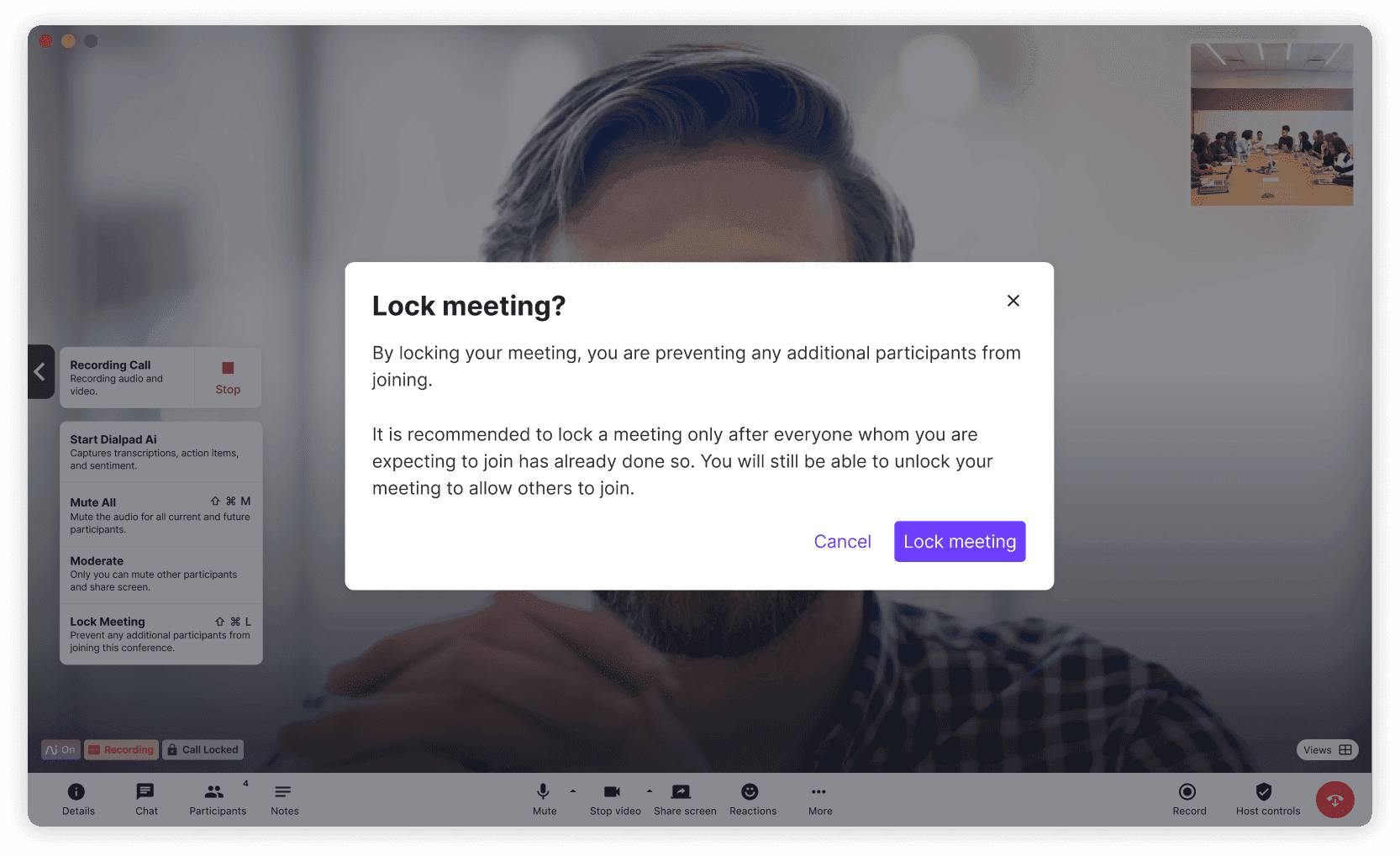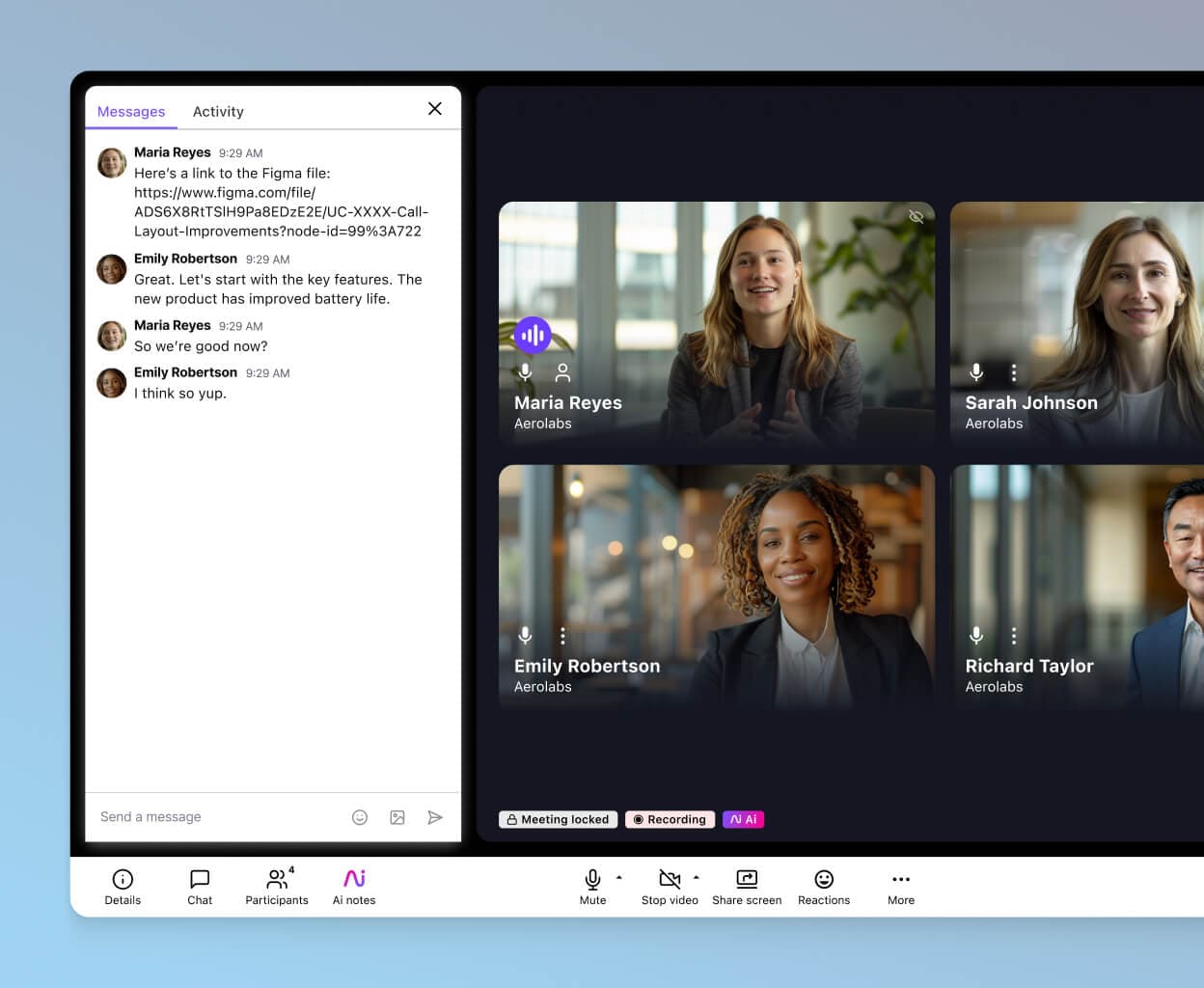
Share
Decision-making in any big group can be tricky. It may be counterintuitive, but more brains are definitely not always better.
Why?
Well, group decision-making often falls victim to groupthink.
The funny thing is, in most work environments I've been in are fertile breeding grounds for groupthink and actually prevents individual critical thinking to flourish within group discussions.
(Decision-making by committee = death by a thousand cuts. That's a hill I'm willing to die on.)
Having worked in a variety of creative teams and cross-functional teams during my time in ad agencies and in-house companies, there are some go-to ways that I've used to combat groupthink.
In this blog post, I'll walk you through some of those tactics.
What is groupthink?
Groupthink is a phenomenon where individuals in a group have a tendency to push aside their personal opinions or beliefs in order to reach a shared consensus with the group—to the detriment of the group's goals.
The term "groupthink" was actually coined in the 1950s, but it was the psychologist Irving Janis’ 1972 book, Victims of Groupthink, that really popularized the term. (Janis uses historical political fiascoes as examples of groupthink, such as the Bay of Pigs disaster.)
Janis defines groupthink as “a quick and easy way to refer to the mode of thinking that persons engage in when concurrence-seeking becomes so dominant in a cohesive ingroup that it tends to override realistic appraisal of alternative courses of action.”
TL; DR - Basically, the theory is that when making decisions in groups, the group dynamic and willingness to reach a group consensus can cause a loss of creativity and less willingness to suggest controversial ideas. This ultimately results in poor decision-making.
The "4 culprits": Symptoms of groupthink
1. Trying to evade conflict
A typical environment in which groupthink thrives is one where members of a group want to avoid conflict wherever possible. (I used to be guilty of this, and probably still am, but I'm much more conscious of this now.)
Rather than facing conflict, your teammates may try to rationalize themselves into accepting courses of action that they don't actually agree with.
Not all conflict is good or healthy, of course, but a fear of conflict avoidance can be a sign of a dysfunctional work environment. If you really believe in a project or an approach, you can't be afraid to enter conflict for fear of rejection.
2. Having a know-it-all attitude
Groupthink is often a result of a lack of critical thinking—something that goes hand-in-hand with a know-it-all attitude. This can quickly show itself through a few tell-tale signs of groupthink: superiority and stereotyping. Not only that, it can also create the illusion of unanimity: the belief that everyone is in agreement when they are not.
When you have an exec or the CEO in the room, there can be an aura of invulnerability—be cognizant of this possibility! When I think of the times where I've noticed groupthink rearing its head in a meeting, it's often related to senior members of the team or decision-makers being too attached to their points of view—even when there were clearly other alternatives or evidence that they weren't correct.
(Likewise, when you notice biases or stereotyping happening, that's probably a sign that you've got a case of groupthink.)
3. Lack of psychological safety
Psychological safety is a relatively new concept, but it's vital in a workplace. This is the knowledge that you won't be reprimanded or punished for expressing a concerns or making a mistake. Without psychological safety, members of a group—especially more junior folks—won't speak up because of social pressure.
As leaders and managers, it's our responsibility to cultivate an environment that's conducive to healthy group cohesion and creative problem solving.
4. Overly rigid thinking that doesn't take intuition into consideration
Fittingly, I have only qualitative experiences to back this up and not numerical proof, so feel free to take it or leave it.
One thing I've noticed is that overemphasizing reason and "inside-the-box" thinking can kill creativity and instinct. It may also be because I'm a writer and editor, and work with Design teams closely (perhaps this won't work as well for engineers or data analysts), but this is especially important for my teams.
Often, the problems we're trying to solve call for creative solutions, and we can't always logic our way through a creative brief.
If you're in the same boat, make it clear that it's okay for team members to explore alternatives instead of always relying on the same rigid decision-making process or framework. It makes for a much more fun and—fruitful—brainstorming process, trust me.
👀 What if not everyone's in the office?
Grab the Hybrid Work Playbook, which includes real-life case studies and breaks down all things hybrid + remote, from building and sustaining a hybrid workforce to better ways to collaborate when everyone's working in different places.
5 ways to minimize bias and other groupthink-y tendencies
Want to make better decisions, even in group environments where there's pressure to conform? Here are a few ideas.
1. Evaluate all ideas critically
Rather than prioritizing ideas that a vocal majority (or vocal minority) seem to be on board with or are suggested by senior team members, evaluate ideas objectively based on merit. One good way to do this is by getting all members of the group to write down pros and cons (anonymously is even better) for each idea before deciding on a course of action.
This is a simple, but effective way to foster critical thinking in your business’s work environment, and ultimately reduce biases and the human tendency to rely on stereotyping.
2. As a group leader, keep your ideas to yourself (at first)
Whether you're the host of the meeting or one of the more senior team members in the room, you can have a huge influence on the decision-making process. (Yes, even if you don't notice it.)
By keeping your ideas to yourself at first, you can mitigate this and encourage the rest of the group to use teamwork and brainstorming to come up with their own ideas.
👉 Dialpad tip:
One tip that Janis offers is to have a "mindguard" in your group. The mindguard's job is to withhold certain information to prevent overthinking and doubt in the group. Janis suggests that this can help everyone focus and minimize information overload—but that lack of information can hurt your decision-making, so use this strategy with caution.
If you're in one of these influential roles, one simple way to do this when you have a hybrid or remote team is to just put yourself on mute when you're getting the team to have a group discussion without your influence.
In Dialpad, we can easily do this just by hitting the mic button to mute and unmute ourselves from the call screen—along with other security controls:

3. Have smaller group discussions
Another way to quickly remove the illusion of unanimity is to give each person a bigger "share" of voice in the group discussion. The more people you have in a group, the more folks tend to feel comfortable to leave everything up to the usual decision-makers and keep their points of view to themselves.
Let's face it. When you have 50 people in a meeting, it's rarely a good group dynamic that's conducive to creativity—or frankly, good ideas in general.
Another way you can encourage teammates to speak up is to give them different ways to contribute to the discussion.
I've had reports and teammates who are brilliant minds and tend to be more detailed-oriented, so they felt more comfortable communicating ideas or objections through messaging as opposed to interrupting someone or speaking, but it didn't make their ideas any less valuable or effective.
One thing I really like about using Dialpad is the in-meeting chat feature, which lets us do exactly this—instead of interrupting the speaker, our teammates can ask questions and be engaged in the discussion by typing in their messages:

4. Consider an outsider’s opinion
Sometimes, an outside expert can help clarify ideas and identify your strengths and weaknesses of ideas. (That's why we all love hiring agencies, right?)
The advantage of an outside expert is that they aren't a part of your group dynamic and aren't prone to the types of rationalizations that may become second nature to an in-house team. Ultimately, the value in having these agencies lies in their willingness—and really, it's their responsibility—to express alternative or unpopular viewpoints.
Honestly, this is probably also why contrarians tend to get so much engagement on LinkedIn—regardless of whether they're legit. But that's another blog for another day...
5. Have a "devil's advocate"
Okay, just off the bat: I don't think that you always need a devil's advocate, and there are definitely times when people are being a devil's advocate just to stir the pot. (See my note on contrarians above...)
That is not helpful, nor is it a sign of having critical thinking skills. Anyone can say, "Well, actually..." and then follow it up with a trash argument.
However.
I do think that if your group is trying to tackle a complex or nuanced problem, and it feels like the discussion is flowing along too smoothly, that it's a sign that someone isn't speaking up.
👉 Dialpad tip:
The caveat here is that this usually applies to complicated problems and tasks. If your group is just trying to decide whether you should change a minor CTA on a web page or choosing the best day for your team meeting, you don't necessarily need a devil's advocate for that.
How are you avoiding groupthink?
Hopefully, these five tips will help you avoid groupthink at your next team meeting or group decision-making session.
These are especially important for group leaders, since they have an outsized influence, but ultimately everyone on the team should be aware of groupthink and how they can either overcome it themselves or help their teammates overcome it.
With more and more teams moving to online meetings and remote work, this is an opportunity for us to implement processes and tools that help, rather than hinder, decision making. Use communications platforms that allow for different channels, like video chat and screen sharing, and find ways to include the quiet members of the team in conversations. It'll help you build a stronger team dynamic—and ultimately pay off for your business in the long run.
Can a communications platform help avoid groupthink?
Want to try a communications platform that lets you make phone calls, have video meetings, and send messages—all from one app? See how Dialpad can help hybrid teams minimize groupthink by taking a self-guided tour, or chat with our Sales team!

